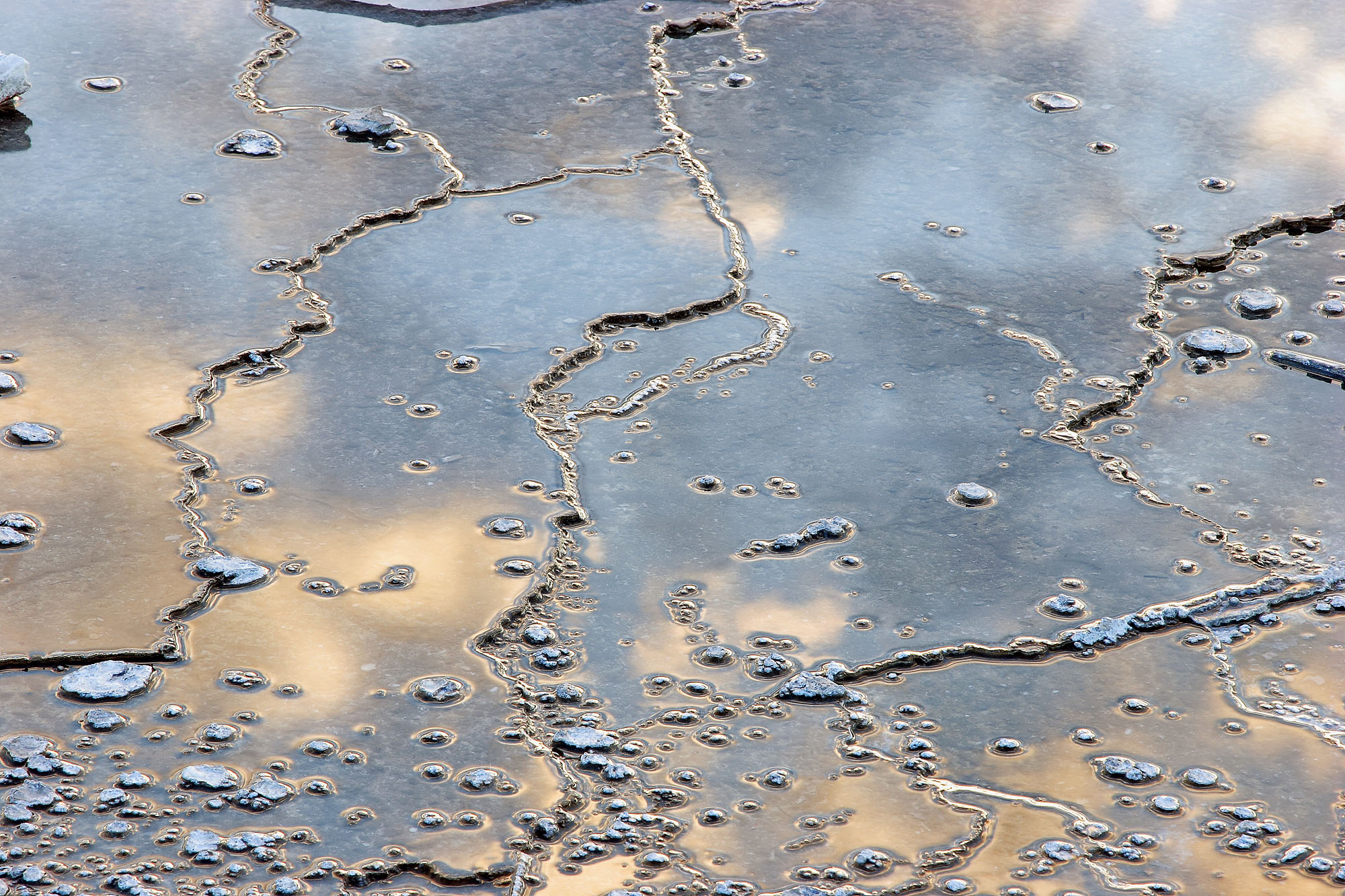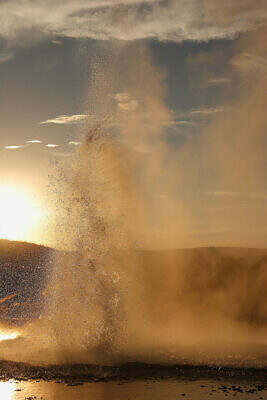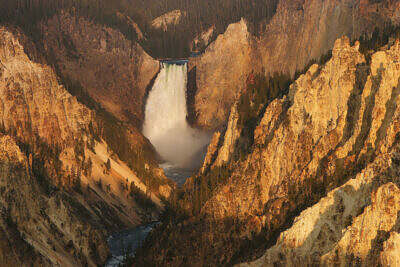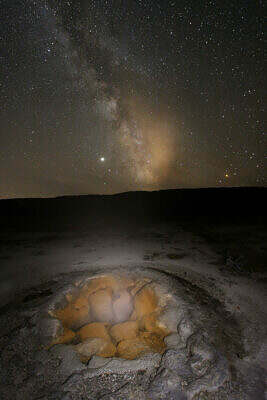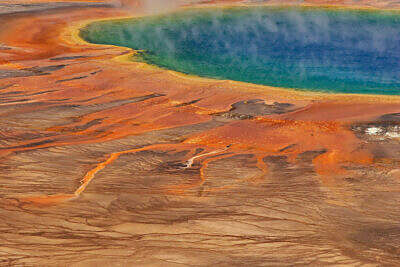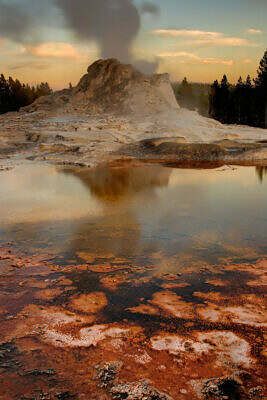The geothermal area of the Norris Geyser Basin is the hottest and most dynamic part in the in volcanic caldera of Yellowstone. It is located near the northwest edge of the caldera where major faults in the earth crust faults intersect with the ring fracture zone that resulted from the cataclysmic eruption 630.000 years ago.
The blue sky and scattered clouds reflect in the shallow warm waters leaving impressions of flowing quicksilver shortly before dusk.
-
The Yellowstone super volcano
Quicksilver
- Spinning through Bright Lights
- Cut into Time
- Exhale into Space
- Coming to Life
- Aftermath of Creation

